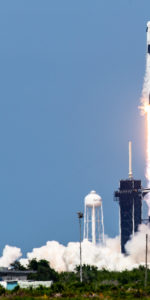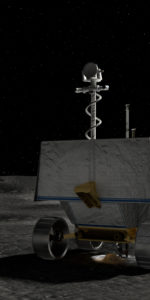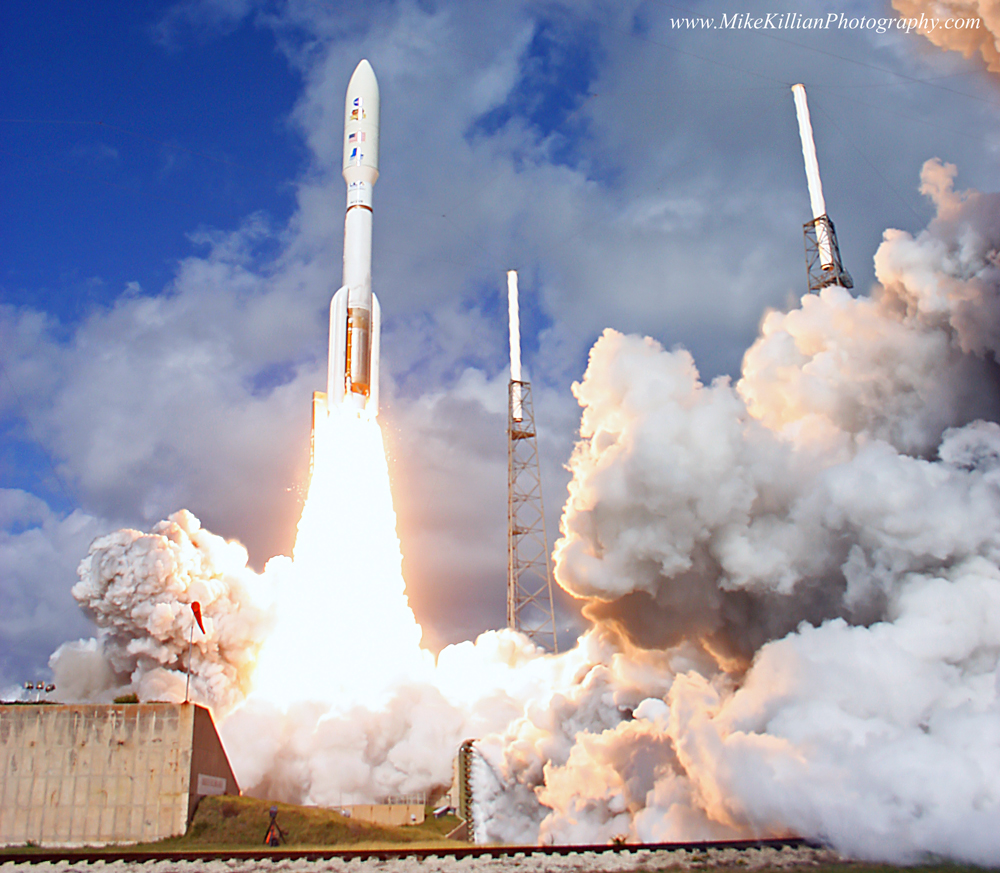
Less than a month since its most recent launch, another giant Atlas V rocket stands fully stacked and (almost) ready to go in the Vertical Integration Facility (VIF) at Space Launch Complex (SLC)-41 at Cape Canaveral Air Force Station, Fla. Four solid-fueled boosters were recently added to the 197-foot-tall (60-meter) rocket, marking the latest milestone as United Launch Alliance (ULA) progresses towards the liftoff of NASA’s Perseverance rover to Mars.
Originally targeted to fly on 17 July—the opening day of a three-week “launch window” to reach the Red Planet under the most optimum conditions—the launch of Perseverance has slipped to no earlier than 20 July, due to what ULA CEO Tory Bruno identified as an issue with a broken crane. “Controller fault,” Mr. Bruno explained this afternoon in comments to Stephen Clark and AmericaSpace on Twitter. “The crane repair cost us about three days.”
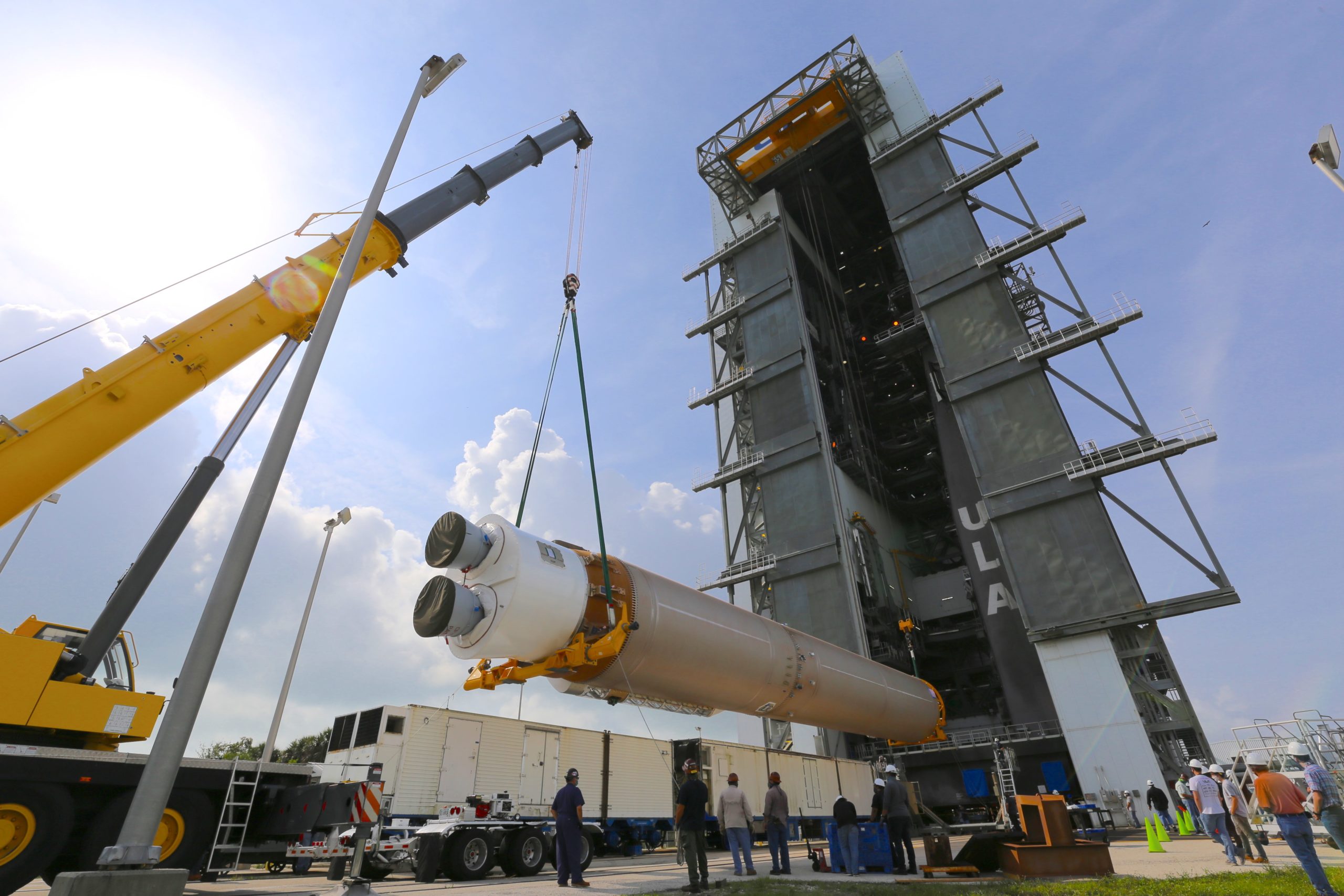
Late last month, ULA wrapped up the Launch Vehicle On Stand (LVOS) milestone as the 107-foot-long (32.6-meter) Atlas V Common Core Booster (CCB) and the 41-foot-long (12.6-meter) Centaur upper stage arrived at the VIF and were elevated to a vertical configuration and mated together. The CCB comprises the rocket’s first stage and was airlifted from the ULA facility in Decatur, Ala., to the Cape on on 18 May, courtesy of an Antonov An-124-100. Following its arrival, the first stage was transferred initially to the Atlas Spaceflight Operations Center (ASOC) for receiving checks and ordnance installation, ahead of its rollout to the VIF. The Centaur arrived by road in mid-April.
It proved an unusual mode of transport for both booster elements and was necessary because ULA’s seagoing R/S RocketShip was otherwise engaged in delivering three massive Common Booster Cores (CBCs), a Delta Cryogenic Second Stage (DCSS) and a payload fairing for the Delta IV Heavy’s forthcoming NROL-82 mission out of Vandenberg Air Force Base, Calif. That classified mission is being conducted on behalf of the National Reconnaissance Office with launch targeted for October. The smaller diameter of the Atlas/Centaur components compared to the Delta segments made it more practical to transport them by air and by road.
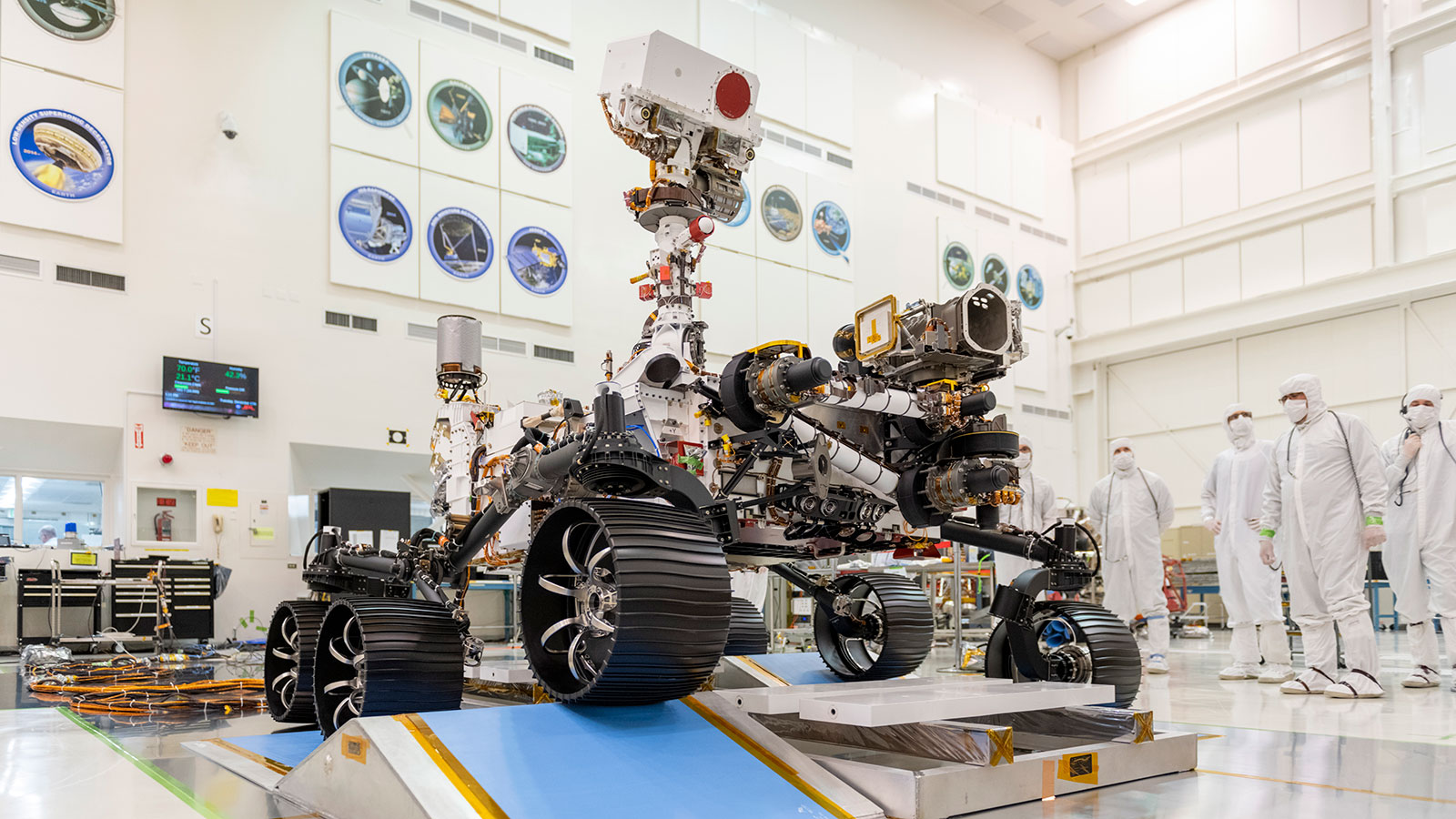
Equipped with a 17-foot-diameter (5-meter) payload fairing, four strap-on solid-fueled boosters and a single-engine Centaur, the Atlas V for the Perseverance mission is designated “541” and has been sparingly used throughout ULA history. It first flew in November 2011 to loft Perseverance’s almost-twin—the NASA Curiosity rover—for an arrival at Mars via a spectacularly nail-biting SkyCrane-assisted Entry, Descent and Landing (EDL) the following August. Since then, the powerful 541 has seen service to deliver three classified payloads for the National Reconnaissance Office and a pair of Geostationary Operational Environmental Satellites (GOES), most recently in March 2018. On its seventh launch, the Atlas V 541 will take aim on the Red Planet once more.
And the Atlas family of boosters has proven pivotal in the exploration of Mars. In fact, they have ferried some of the most significant missions which ever went there. Four Atlas-Centaur boosters successfully launched a quartet of pathfinding Mariner spacecraft between November 1964 and May 1971, including the first-ever flyby of Mars by Mariner 4 and the first orbiter of the Red Planet, Mariner 9. In more recent years, Atlas vehicles also boosted not only Curiosity, but also the Mars Atmosphere and Volatile Evolution (MAVEN) mission in November 2013 and the InSight lander in May 2018.
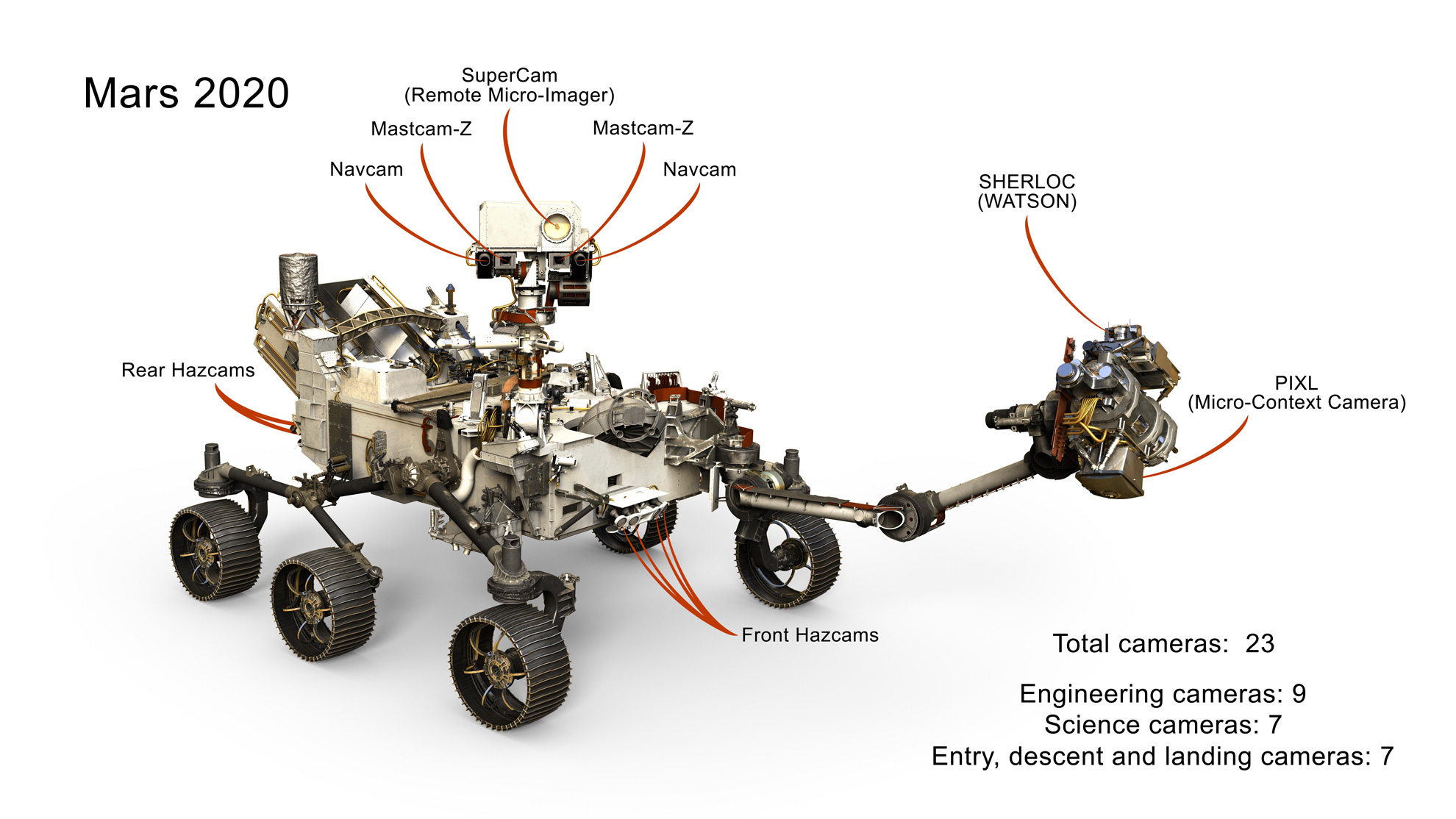
In fact, Perseverance (in its original guise as “Mars 2020 Rover”) rose from the NASA drawing-boards only months after its trailblazing big brother Curiosity alighted with pinpoint precision in Gale Crater. In December 2012, NASA announced plans for a follow-on rover whose utilization of the Curiosity mission architecture promised to keep costs and risk as low as possible. Six months later, a 19-member science definition team—chaired by environmental and planetary scientist Dr. Jack Mustard of Brown University—released its report, identifying Mars 2020’s key aims as looking for signs of past life, collecting up to 31 specimens of soil and rock for possible future return to Earth and demonstrating technologies for future human missions to Mars.
In July 2014, following a multi-month period of solicitation, NASA selected seven scientific instruments for the rover, whose focuses were already quite distinct from those of its predecessor. By the early part of the following year, proposals to include a small, lightweight helicopter had gained traction as a low-flying scout ahead of the rover’s ground-track. Formal approval for the go-ahead of the helicopter came in May 2018, with an expectation that it would take short flights of up to 90 seconds as often as once per day.
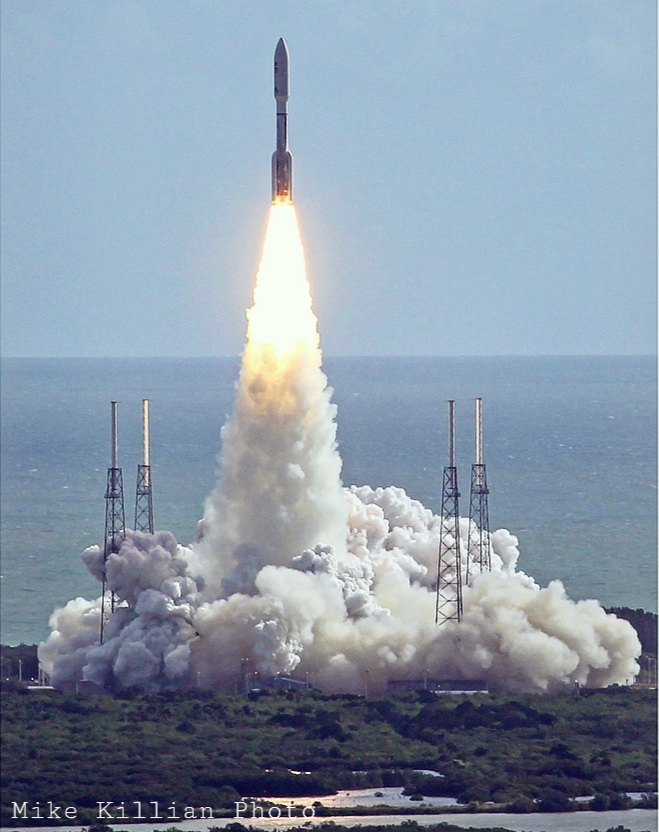
In August 2016, NASA also chose ULA as its launch provider, with launch from Cape Canaveral in Florida. And as the mission zeroed-in on a launch site, so the location of its landing site on Mars began to take shape. In early 2017, three candidate sites—Columbia Hills, previously explored by NASA’s Spirit rover and thought to be home to an ancient hot spring; the very ancient terrain of Northeast Syrtis; and the 28-mile-wide (45 km) Jezero Crater, which might once have harbored a Martian lake—were picked for further analysis. Finally, in November 2018 Jezero Crater made the final cut; its geologically rich terrain and landforms dating back 3.6 billion years offered a bonanza for planetary scientists and astrobiologists alike.
Although it would utilize a SkyCrane descent profile, not dissimilar to that adopted by Curiosity, the new rover would benefit from several enhancements. One of these is the “range-trigger”, which allows controllers to specify where its supersonic parachute will open, rather than unfurling at a specific velocity as Curiosity did. This is expected to reduce Perseverance’s landing area by almost half. Additionally, terrain-relative navigation will enable the rover to determine “unsafe” regions to land and divert to safer spots nearby. This correspondingly allows NASA to aim for challenging areas which might otherwise have been entirely off-limits.
Assembly and testing of the 2,300-pound (1,050 kg) spacecraft commenced in early 2018, amid extensive tests of its supersonic parachute and rigorous evaluations of its heat shield. Last year, the rover was test-driven and the helicopter was test-flown in laboratory conditions, ahead of final integration. In February 2020, the rover was airlifted from NASA’s Jet Propulsion Laboratory (JPL) in Pasadena, Calif., to the Kennedy Space Center (KSC) in Florida, aboard an Air Force C-17 Globemaster. Over the next few weeks, following nationwide student contests, the rover received the name “Perseverance” and the helicopter was dubbed “Ingenuity”.
Perseverance and Ingenuity and their descent stage were encapsulated within the cone-shaped “backshell” in late April and it is expected that they will arrive at SLC-41 in early July for stacking atop the Atlas V 541 inside a Short Payload Fairing (SPF). The three-week “launch window” for the mission extends from 17 July through 11 August, although an issue with a broken crane prompted ULA to instead aim for an opening launch attempt no sooner than 20 July.
.
.
FOLLOW AmericaSpace on Facebook and Twitter!
.
.




